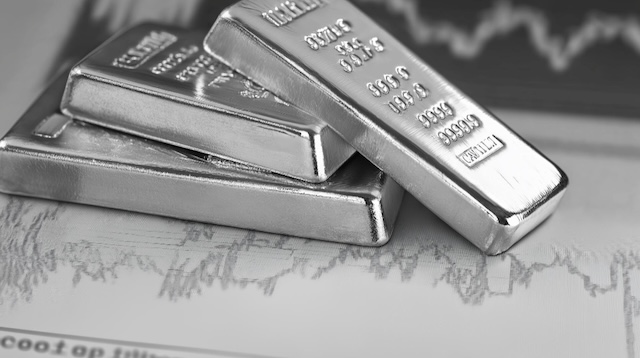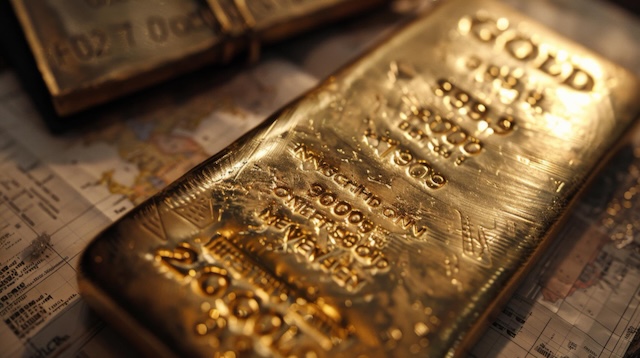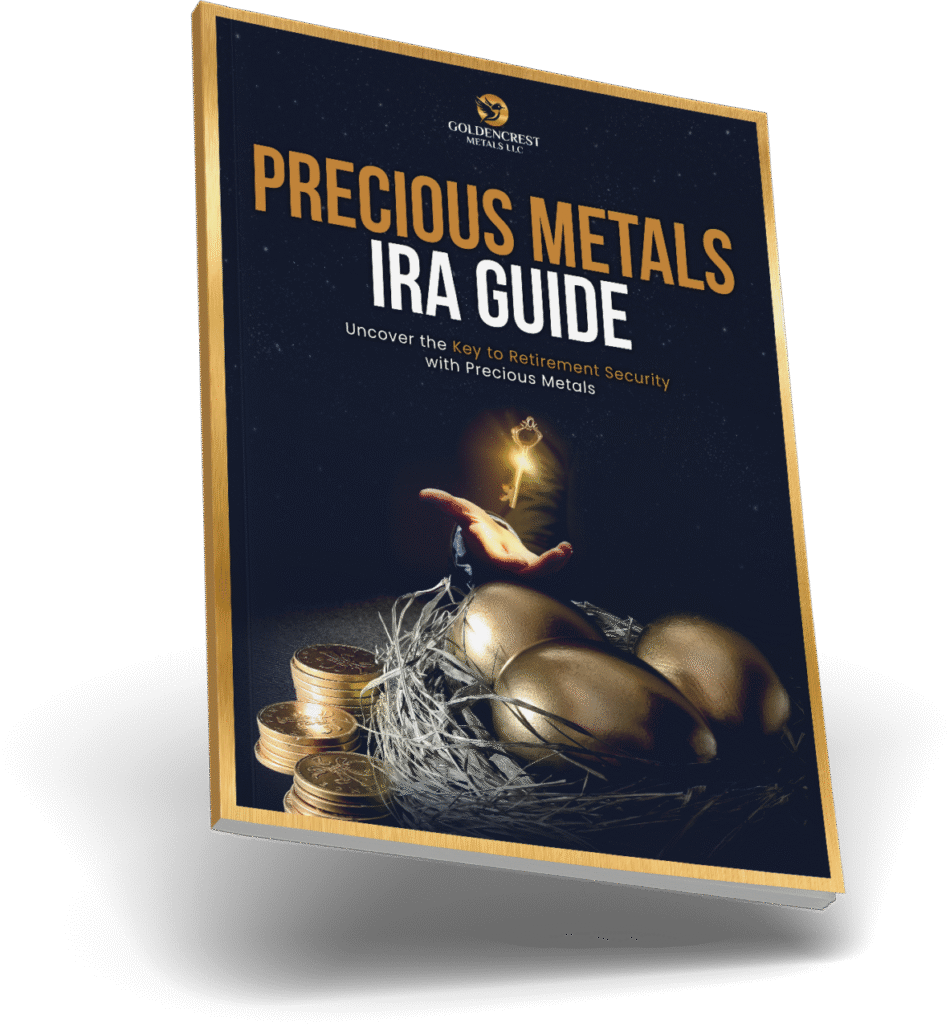The U.S. dollar just got a reality check—and for those planning for retirement, the message is loud and clear: diversification isn’t optional anymore. It’s essential.
After briefly clawing back some ground in July, the dollar took a dramatic hit last Friday following the Bureau of Labor Statistics’ revised jobs report. The data revealed that the American labor market was far weaker than previously thought, triggering a sharp sell-off in the greenback and sending shockwaves through U.S. financial markets.
The Dollar Index (DXY), which tracks the U.S. dollar against a basket of foreign currencies, plunged from 100.22 to 98.82—a steep decline for a currency of its size and global influence. Analysts at ING didn’t sugarcoat it, calling the drop “the dollar’s handbrake turn.” George Vessey of Convera noted it was the dollar’s biggest single-day decline since May.
Behind the Numbers: Weak Jobs Data and Rate Cut Expectations
Friday’s report didn’t just disappoint—it fundamentally altered market expectations for the U.S. economy. Revised job growth figures revealed that the economy wasn’t creating nearly as many jobs as previously believed. Investors immediately repriced expectations, now forecasting an 80% chance that the Federal Reserve will cut interest rates by 25 basis points in September.
Meanwhile, Goldman Sachs slashed its GDP forecast to just 1% for the second half of the year, citing tariffs and weakening trade terms as key headwinds.
“Uncertainty about the quality of U.S. data is not a good look for U.S. asset markets,” said ING’s Chris Turner. “It could add some more risk premium both into the dollar and Treasuries.”
Translation? A weaker dollar, softer growth prospects, and rising market volatility—all pointing toward a more fragile U.S. economy heading into 2026.
For Retirement Investors, Precious Metals Are Looking Stronger Than Ever
As confidence in the dollar erodes, the case for precious metals—particularly gold and silver—becomes even more compelling. Gold has historically acted as a hedge against currency devaluation, inflation, and geopolitical uncertainty. With the dollar now down nearly 9% year-to-date against the DXY, many investors are reassessing their exposure to fiat currencies within their retirement accounts.
In periods like this, Gold IRAs (Individual Retirement Accounts backed by physical precious metals) emerge as a favored strategy among long-term investors seeking to protect and preserve wealth.
Why Gold IRAs Are Gaining Traction
-
Hedge Against a Falling Dollar: As the dollar weakens, gold typically strengthens. In fact, recent moves in the currency markets have already begun to push gold prices higher, reinforcing its role as a counterbalance to fiat instability.
-
Protection from Market Volatility: The equity markets have become increasingly sensitive to rate expectations and global trade uncertainty. Gold tends to remain resilient—even rising—during downturns and corrections.
-
Tax Advantages of IRAs: By rolling over an existing 401(k) or traditional IRA into a Gold IRA, investors can gain exposure to precious metals while maintaining the tax-deferred (or even tax-free, in Roth structures) benefits of a retirement account.
-
Physical Asset, Not Paper Promise: Gold held in an IRA is real, allocated, and stored in secure, IRS-approved depositories. Unlike paper assets, it doesn’t rely on corporate earnings, central bank policies, or political rhetoric.
The Bigger Picture: A Currency Under Pressure
The dollar’s latest drop isn’t a fluke—it’s a reflection of deeper structural vulnerabilities. With tariffs continuing to weigh on U.S. trade terms and inflation still above the Fed’s long-term targets, many economists warn that the U.S. will bear the brunt of these economic policies. As Kamakshya Trivedi of Goldman Sachs noted, “The U.S. will bear most of the cost of the tariffs, which will weigh on its terms of trade.”
This is particularly concerning for retirees or soon-to-be retirees, who depend on the stability of their savings to support them through decades of non-working life. Inflation, de-dollarization trends, and weakening economic fundamentals all chip away at the long-term purchasing power of dollar-based portfolios.
In Times of Uncertainty, Gold Remains the Constant
While no asset is immune to volatility, gold has proven its worth time and again across centuries of economic upheaval. It’s not just a hedge—it’s a foundational pillar of a well-balanced retirement strategy. As the U.S. economy navigates what may be a prolonged period of slowing growth and fiscal uncertainty, gold and other precious metals offer an alternative grounded in scarcity, intrinsic value, and global demand.
What Should You Do Now?
If your retirement savings are still tied entirely to dollar-denominated stocks, bonds, and mutual funds, now may be the time to rethink your exposure.
At GoldenCrest Metals, we help investors like you protect your future with physical precious metals—held safely and securely in a Gold IRA. Whether you’re concerned about the weakening dollar, inflation risks, or simply want to diversify your portfolio with a time-tested asset, our team is here to help.
Contact a GoldenCrest Metals Specialist today to learn how you can roll over part of your retirement into physical gold and silver—and start securing your financial future before the next headline hits.
Source:
https://fortune.com/2025/08/04/us-dollar-bls-jobs-data-weak-economy/





